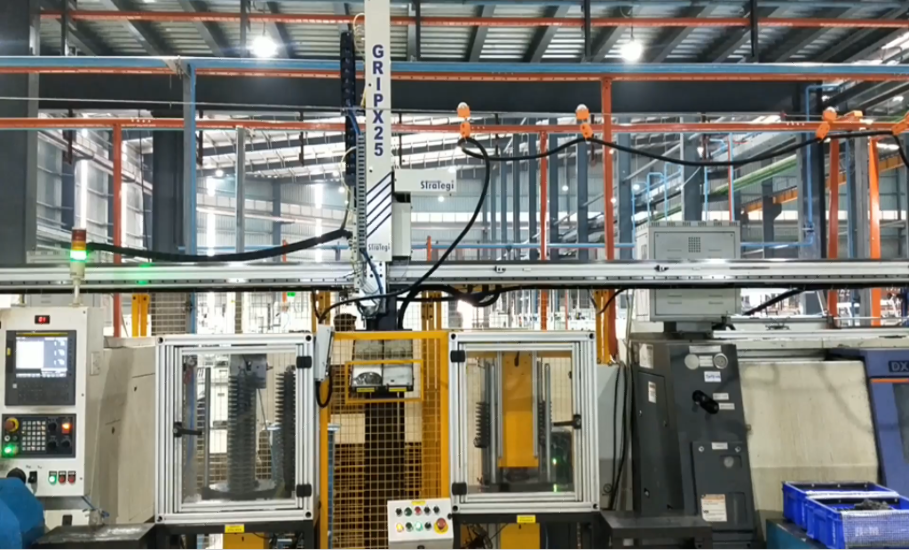
26 Jun The expected shift from mass production to mass customization
The expected shift from mass production to mass customization
The digital landscape is rapidly evolving, and one of the most significant trends we are witnessing is the expected shift from mass production to mass customization. This transition isn’t merely a change in production techniques; it represents a fundamental shift in how businesses engage with their customers. Mass production, while efficient, often overlooks individual preferences and needs. In contrast, mass customization allows companies to tailor products and services to meet the unique desires of each consumer.
This shift is driven by technological advancements that enable businesses to gather vast amounts of data about their customers’ behaviors and preferences. With this information at their fingertips, companies can create personalized experiences that resonate on a deeper level with consumers. Imagine walking into a store where every product has been tailored to suit your style or receiving recommendations online that perfectly align with your interests. This is not just wishful thinking; it’s the future of commerce.
Adopting mass customization means creating stronger connections between brands and consumers, ultimately leading to increased customer satisfaction and loyalty. Companies that embrace this trend will not only stand out in a crowded marketplace but also cultivate lasting relationships based on trust and personalization. It’s time for businesses to adapt and thrive by shifting focus from simply producing large quantities to crafting unique experiences for their clientele—this expected shift is not just beneficial; it’s essential for future success.
The manufacturing industry is on the brink of a revolutionary shift — moving away from the traditional model of mass production toward a more flexible, customer-centric approach known as mass customization. This transformation is being driven by changing consumer expectations, advancements in digital technologies, and the increasing demand for personalized products without sacrificing efficiency or cost-effectiveness.
Understanding the Change
Mass production, a hallmark of the industrial era, is focused on producing large volumes of identical products to achieve economies of scale. While this method brought affordability and standardization, it lacks the flexibility to meet today’s personalized demands.
Mass customization, on the other hand, combines the efficiency of mass production with the ability to tailor products to individual preferences. Whether it’s custom shoes, personalized smartphones, or made-to-order furniture, consumers today value uniqueness and control — and businesses must adapt.
Drivers of the Shift
- Consumer Expectations: Customers now expect products that reflect their identity and lifestyle. Brands that offer personalization often enjoy higher engagement and customer loyalty.
- Advanced Technologies:
- 3D printing enables rapid prototyping and on-demand manufacturing.
- AI and Machine Learning allow smart recommendations and dynamic production planning.
- IoT and Big Data help track customer preferences and production status in real time.
- Flexible Manufacturing Systems: Automation and robotics are making it feasible to switch production lines quickly and efficiently, even for small batch sizes.
- Sustainability: Customization reduces overproduction and waste, supporting a more sustainable business model.
Benefits of Mass Customization
- Customer Satisfaction: Meeting unique needs increases brand loyalty.
- Competitive Edge: Differentiation becomes easier in crowded markets.
- Improved Inventory Management: Producing based on demand cuts storage costs and waste.
- Faster Time-to-Market: Agile systems allow quicker adaptation to trends.
Challenges to Overcome
- Initial Investment: Upgrading to smart manufacturing systems can be costly.
- Complexity in Operations: Managing customized orders requires robust backend systems.
- Data Management: Personalization relies heavily on accurate and secure data collection and usage.
The Way Forward
To stay competitive, companies must embrace Industry 4.0 technologies, invest in customer-centric strategies, and reimagine their production workflows. Businesses that successfully make this transition will not only meet the evolving demands of modern consumers but also unlock new revenue streams and innovation opportunities.


No Comments